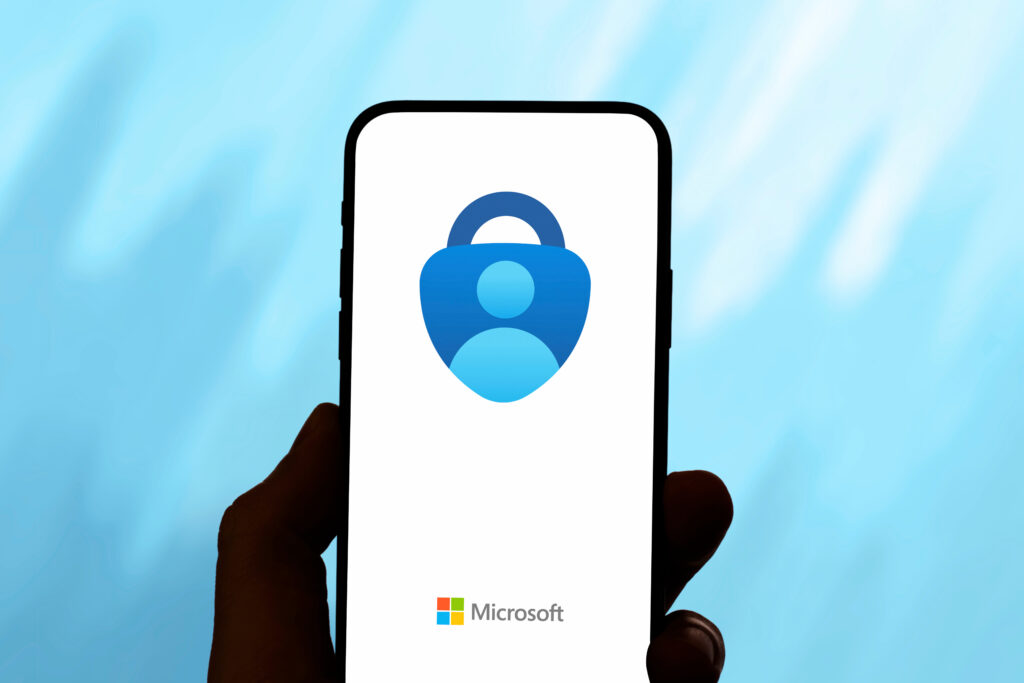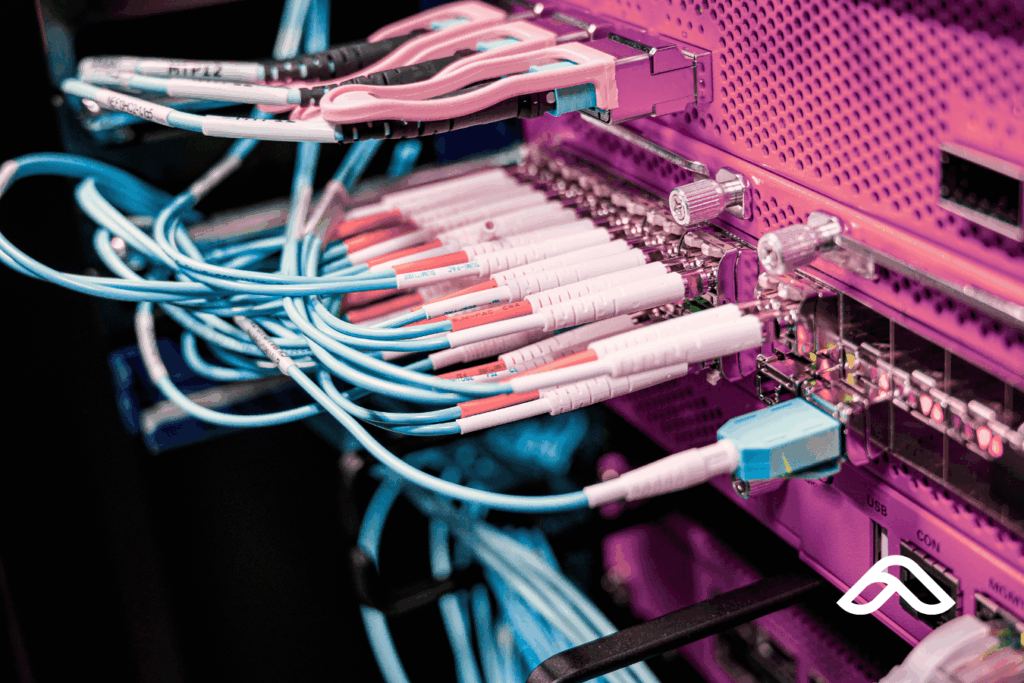How to Implement Multi-Factor Authentication for Your Small Business

Have you ever wondered how vulnerable your small business is to cyberattacks? Alarmingly, recent reports show that 43% of cyberattacks target small businesses, largely due to weak security measures.
One of the simplest yet most effective ways to strengthen your cybersecurity is by implementing Multi-Factor Authentication for your small business. This extra layer of protection makes it much harder for hackers to gain access to your systems—even if they manage to steal a password.
In this article, we'll break down exactly how to implement Multi-Factor Authentication for your small business, helping you safeguard sensitive data and build a stronger defence against cyber threats.
Why is Multi-Factor Authentication Crucial for Small Businesses?
Before diving into how to implement Multi-Factor Authentication for your small business, it’s important to understand why it’s critical.
Many small businesses think cybercriminals only go after large enterprises. Unfortunately, that's no longer true. Hackers are increasingly targeting small organisations because they often have fewer security measures in place. A single compromised password can lead to data breaches, identity theft, and serious financial consequences.
This is where Multi-Factor Authentication (MFA) steps in. MFA requires more than just a password to access an account or system. It typically adds layers such as a time-based code, biometric scan, or a physical security token. This makes it significantly more difficult for cybercriminals to gain unauthorised access—even if they have your password.
The bottom line? Multi-Factor Authentication for your small business is no longer optional—it's essential.
What is Multi-Factor Authentication?
Multi-Factor Authentication (MFA) is a security process that requires users to provide two or more verification factors to log in. This multi-layered approach makes it far more secure than relying solely on passwords.
MFA generally combines:
-
Something you know – like a password or PIN.
-
Something you have – like a smartphone or security token.
-
Something you are – like a fingerprint or facial scan.
By implementing Multi-Factor Authentication for your small business, you’re adding critical protection against common cyber threats like phishing, brute force attacks, and credential theft.
How to Implement Multi-Factor Authentication for Your Small Business
If you’re wondering how to implement Multi-Factor Authentication for your small business, here’s a straightforward guide:
1. Assess Your Current Security Setup
Start by reviewing your current security infrastructure. Identify the accounts, applications, and systems that store sensitive data or control access to business operations.
Prioritise MFA setup for:
-
Email systems (Microsoft 365, Google Workspace)
-
Financial accounts
-
Customer databases and CRMs
-
Cloud storage
-
Remote access tools
2. Choose the Right MFA Solution
There’s no one-size-fits-all solution for MFA. Depending on your business size and budget, consider the following popular options:
- Google Authenticator – Free and easy for small teams. Generates time-based one-time passcodes (TOTPs).
- Duo Security – User-friendly, with scalable options for small and growing businesses.
- Authy – Allows multi-device syncing and cloud backups, making it easier for employees to access MFA codes on more than one device.
- Microsoft Authenticator – A secure, widely used option that integrates seamlessly with Microsoft 365 and other cloud services. It supports push notifications, biometrics, and one-time passcodes, making it ideal for businesses already using Microsoft products.
- Okta – A comprehensive identity and access management platform that includes advanced MFA features suitable for businesses planning to scale.
Focus on selecting a tool that is secure, cost-effective, and simple for your team to use. Choosing the right MFA solution will depend on your existing systems, user preferences, and your long-term security strategy.
3. Roll Out MFA Across Critical Systems
Once you’ve chosen your MFA solution, begin implementation:
-
Enable MFA on all key systems – Start with email, cloud apps, and financial tools.
-
Make it mandatory – Ensure every employee uses MFA, including remote workers.
-
Provide training – Run sessions to help staff set up and use MFA correctly.
Clear communication is crucial. Explain why MFA is important and how it protects not just the business but the employees themselves.
4. Maintain and Monitor MFA
Cybersecurity is not a “set and forget” process. Keep your MFA systems updated, review authentication methods regularly, and adjust as needed. If an employee loses access to their MFA device, have protocols in place for quick recovery without compromising security.
Test your MFA system regularly to ensure it works smoothly and remains user-friendly.
Overcoming Common MFA Challenges
When implementing Multi-Factor Authentication for your small business, you might encounter some roadblocks:
-
Employee resistance – Provide education and support to reduce frustration.
-
Integration issues – Choose MFA tools that integrate easily with your current systems.
-
Cost concerns – Start with free or low-cost options and scale up as needed.
-
Lost devices – Establish a recovery policy so employees can regain access safely.
Now Is the Time to Secure Your Business
Cyber threats are only getting more sophisticated, and small businesses are often seen as easy targets. Implementing Multi-Factor Authentication for your small business is one of the simplest and most effective ways to prevent unauthorised access and protect your data.
If you'd like expert guidance on securing your systems, or if you need help implementing MFA, reach out to AffinityMSP. We’re here to help you strengthen your security without complicating your daily operations.




